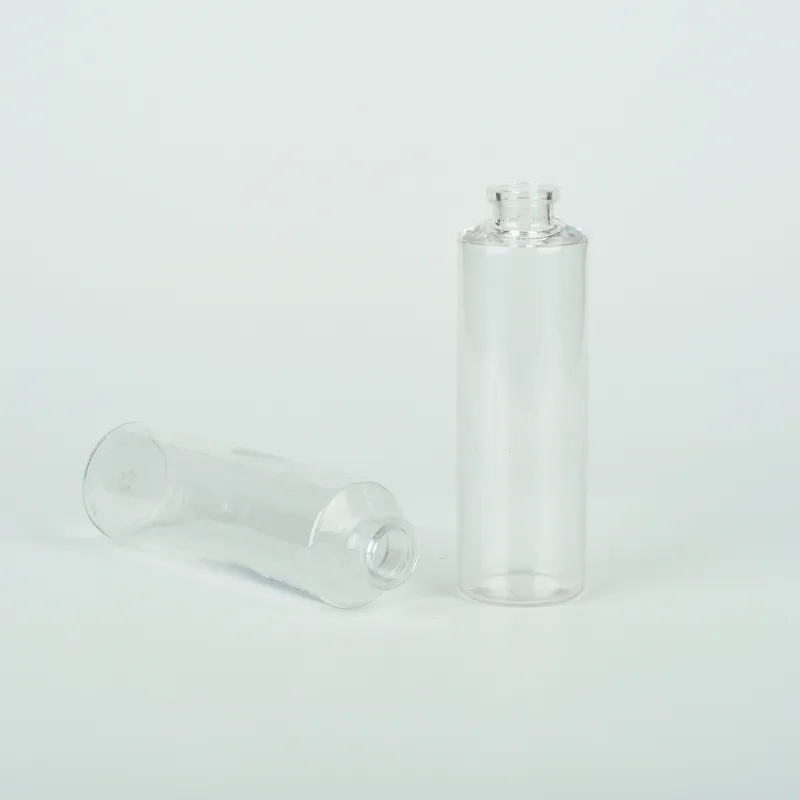https://www.wahmg.com/)">
Laboratory Specimen Containers for Sample Collection and Management in Scientific Research and Testing
Laboratory Specimen Containers for Sample Collection and Management in Scientific Research and Testing
The Importance of Specimen Jars in Laboratories
In the realm of scientific research and medical diagnostics, the accuracy and integrity of specimen collection and storage are paramount. Among the various tools and materials utilized in laboratories, specimen jars hold a critical position. These jars play a vital role in ensuring that biological specimens are preserved, transported, and analyzed under optimal conditions, facilitating precise laboratory results and improved patient outcomes.
What Are Specimen Jars?
Specimen jars are containers specifically designed to store biological specimens such as urine, blood, tissue samples, and other bodily fluids. They come in various sizes and materials, usually made from glass or high-quality plastic. The choice of materials is crucial, as it ensures that the jars are sterile, non-reactive, and capable of preserving the integrity of the samples inside.
Types of Specimen Jars
Different types of specimen jars are used depending on the nature of the specimen being collected. For instance, urine specimen jars are typically wider and may come with secure lids to prevent leakage, while blood specimen vials often contain additives that facilitate the preservation of the blood for various analyses. Tissue specimen jars, on the other hand, are usually designed to hold formalin or other preservatives to stabilize the cellular structure of the specimens for pathological examinations.
Sterility and Integrity
One of the key functions of specimen jars is to maintain sterility. Contamination can lead to erroneous test results and misdiagnoses, impacting patient treatment and care. Laboratories typically implement stringent protocols to ensure that specimen jars are sterile before use. Additionally, it is essential that jars be sealed properly after filling to prevent contamination during transport to the lab.
specimen jar laboratory

Preserving the integrity of the specimen is another vital concern. Factors such as temperature, exposure to light, and the duration of storage can significantly affect the viability of a sample. Many specimen jars are designed with specific lids and materials that minimize these risks, thus safeguarding the sample until it is analyzed.
The Role of Specimen Jars in Diagnostics
In medical laboratories, specimen jars are fundamental in facilitating the diagnostic process. The accurate collection and proper storage of specimens enable laboratory technicians and pathologists to perform a wide range of tests, including microbial cultures, blood tests, and tissue biopsies. These tests are crucial for diagnosing various health conditions, from infections to cancers. Any mishandling at the specimen collection or storage stage can lead to unreliable results and potentially severe consequences for patient care.
Compliance and Standardization
The use of specimen jars is also governed by strict regulations and standards in laboratory practices. Organizations such as the Clinical Laboratory Improvement Amendments (CLIA) and the College of American Pathologists (CAP) set guidelines to promote consistency and reliability in laboratory testing. Compliance with these standards ensures that specimens are collected, stored, and transported correctly, contributing to the overall quality of laboratory services.
Conclusion
In conclusion, specimen jars may appear as simple tools in laboratory environments, but they play a critical role in medical diagnostics and research. Their design, material composition, and adherence to sterility standards are all crucial in ensuring that biological specimens maintain their integrity throughout the collection and analysis process. With the advancements in laboratory practices and technologies, the evolution of specimen jars continues to match the growing demands of science and healthcare, demonstrating their indispensable contribution to the accuracy and efficacy of diagnostic procedures. As such, investing in quality specimen jars is a fundamental component of any laboratory's operational success.
-
Wholesale Plastic Juice Bottles with Caps 16 oz Options Available Bulk Packaging SolutionsNewsJun.10,2025
-
Laboratory Apparatus Reagent Bottle – Durable & Chemical Resistant Bottles for Safe StorageNewsJun.10,2025
-
Squeezable Dropper Bottles Durable, Leak-Proof & CustomizableNewsMay.30,2025
-
Affordable Plastic Petri Plates Sterile & Disposable Lab-GradeNewsMay.30,2025
-
Eye Dropper Caps Precision 24/410 & Plastic Bottle-Compatible TipsNewsMay.30,2025
-
Affordable Mini Spray Bottle Price & Wholesale Deals Shop NowNewsMay.29,2025





















